|
by Dark Watcher |
|
|
Intellivision was released in 1979 by Mattel Electronics. It was also released under different names to expand its market.
The Intellivision was released in Sears stores as the Super Video Arcade, at Radio Shack as the TandyVision One and as the GTE/Sylvania
Intellivision. The main competitor of the Atari. the graphical capabilities were much better than the 2600's. It was the
system to own for playing sports games, but also had a fair amount of action games with a few strategy games thrown into the mix as
well. The Intellivision had little 3rd party support until late in its life (nowhere near the amount the Atari 2600 had). Also many people did not like the disc controllers which may have been great for sports games, but made other games difficult to play. Atari also had nailed down almost every popular arcade / movie license they could get their hands on. This left Mattel scrambling for less popular arcade games from Data East and other developers. So what better way to expand your game library then to add another consoles games! Mattel released a Atari 2600 adapter which gave the Intellivision an even greater library of games. |
 |
|
In 1982, the console would be remodeled (Intellivision II) with a lockout feature that prevented Atari 2600 and some of their own
games from being played. It did however improve the controllers and added a device that added voice to some games. In July of this
same year, Mattel approached Bandai to distribute Intellivision in Japan. The Bandai Intellivision retailed for 49,800 yen. All in all the Intellivision was an impressive machine that sparked the first real console rivalry in console history. For example, Mattel used television advertisements demonstrating Intellivision graphics outperforming Atari 2600. These rivalries would be duplicated by other companies in later years. FACT: In 1984, the rights to the Intellivision were sold. Afterword rumors of the release of the INTV III, or Super Pro System, began to surface. This redesigned unit was identical to the original console, except that it has a black plastic case with silver plates and also had a Power LED indicator between the Power and Reset switches. This console was released in limited numbers. |
|
 HANDS ON REVIEW HANDS ON REVIEWby Tan |
|
|
There are two sounds of which I associate my earliest gaming memories. One, is the heartbeat pulse of Night Stalker and the second, is
the foreboding sound of doom you hear when you're facing the mother ship in Demon Attack. You might say that this will make me a bit
biased when reviewing this system or you may say that the nearly thirty years of experience with and exposure to the Intellivision,
will give this system the respect it deserves. Despite being second fiddle to the Atari 2600 in terms of sales and popularity, it's
number one in my book! When you're a kid, things like aesthetics don't really matter. As an adult, you can't help but chuckle when you unsuccessfully try to incorporate a gold & wood trimmed console into today's black shiny plastic, silver, or chrome AV equipment. An appliance like this is a victim of its era. Like the faux wood trim of an Atari, the old TV in your grandparent's attic or your uncle's 1980 station wagon, it's memorable if not dated. |
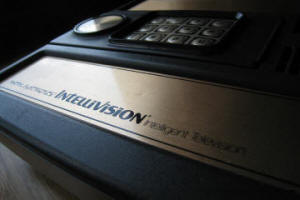 |
|
Despite the color choice, the design is mostly sound. You have to admire the foresight of the engineers
who decided that clean lines and a simple geometric shape would suit this system the best. Having cord storage and slots to slide the
controllers into, along with buttons that sat flush with the top and a cartridge port on the side, keep the low profile intact. Even
with the Intellivoice module attached it still has a small footprint on a shelf, taking less vertical space than just about every
major system released since. That and it's one of those rare systems without an AC adapter brick to deal with, unless you have an
Intellivision II of course. Notice I said mostly sound? While the design certainly has its benefits, they went and fudged it with ridiculously short and thick controller cords. If you haven't played one of these systems before, I'll tell you now that you'll fight the controller cord every step of the way. The thick, spiral cord puts up a lot of resistance and you have to keep the system a couple of feet away otherwise it's uncomfortable to use. Of course in the early eighties we all sat three feet from the TV, six inches from the system (to swap carts and hit reset!) so it wasn't a big deal, even to our small and young, hands and muscles. In the age of 6-8 foot controller cords, wireless pads and forty inch TVs, you'll thank me when I tell you to buy a twenty-foot RCA cable to hook this system up with because I guarantee if you want to put any time into this system, it'll be on or very near the couch with you. |
|
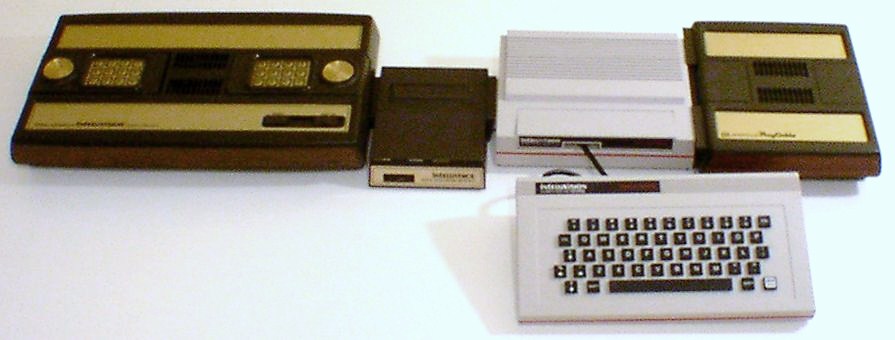 |
|
|
Speaking of controller, many gamers consider this to be among the worst controller designs ever. In some respects this is true,
especially if you're under thirty years of age and your first controller was a NES pad, SNES dogbone or a Sony DualShock. Or if you've
never had the pleasure of gaming on a Fairchild Channel F. If you grew up with a controller like this, it gives you a unique
perspective and maybe an edge because you've learned to overcome the design. To me it's no more awkward than going back to an
N64 pad
after two generations of dual analog sticks. Then again I'm left-handed and the Intellivision controller is very neutral in that
respect. With large hands, you can appreciate the infamous "disc" directional pad. Holding the controller flat in one hand and using the other to thumb the disc or two finger it for fast movement, isn't that bad at all. It's certainly not as thick a controller as the ColecoVision's which is of similar design and certainly easier to use as an adult than a CX-10 or CX-40 Atari joystick (my opinion of course YMMV). The real trouble comes when you need to hold or press those stiff shoulder buttons for a lengthy period of time. Some games however, use the numpad to good effect, negating this problem. Other issues come with different hand positions causing inaccurate controller responses on the disc or premature wear and tear on the membrane. Not everyone will suffer these problems but it's something to consider when buying a used game system this old. |
|
|
You can't review this system or its controller without mentioning the overlays. The Intellivision gets a bad rap from people who just
don't see the usefulness of these colorful and sometimes necessary accessories. Then again the merit of an overlay really is dependent
on the game itself. While many games on other systems at that time used a button or two, sometimes the Intellivision had a full range of controls that
were mapped for convenience or to allow a better gaming experience. How many button presses does it take to cycle through your clubs
in a modern golf title? Or how many early RPGs for consoles provided as rich an experience as AD&D Treasure of Tarmin with its wide
range of controls? However, cramming one of these easily crumpled or ripped overlays into a controller for a game that used little
more than a fire button or directional pad is useless. It's really a case by case basis and more often than not I leave the overlays
in the box. Memories of bent corners and bottom edges as a kid trying to line the overlay with its slot make the collector in me
cringe with the thought. Nowadays if I need one I'll set it beside me and refer to it as needed. The game library for the Intellivision is small (125+) but varied in scope. Plenty of sports titles impressive for their day, racing titles, complex strategy games, simple space shooters and even a decent selection of simulations just to name a few. There was always a give and take between an Atari version of a game and an Intellivision one. Sometimes one was better than the other. Other times one was completely superior. Coupling the large scope of genres within a small number of games with a dizzying array of controller configurations ranging from one to sixteen buttons with directional disc, few games provide a similar gaming experience to one another and most require a good amount of skill to truly master. |
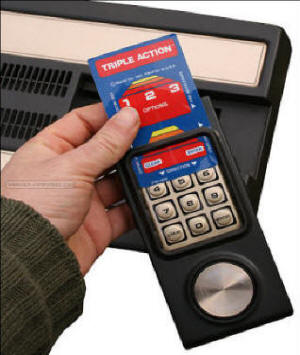 |
|
You may ask, is it worth buying if compilations and emulation exists? Oddly enough, none of the console or PC compilations have well
mapped controls. I can tell you from experience that playing these games on a PS2, PC, Xbox and
Xbox 360, I can't come close to
touching the scores I can set on the real hardware itself. Not only because of the poor D-pads or analog sticks too sensitive for
playing four direction titles but also because of the clunky interfaces in which the numpad is mapped. The PC comes closest because
many keyboards have a numpad but it doesn't have sixteen direction movement without a specialized piece of kit. So by all means, put a
few dollars down and add one of the all-time classic game systems to your collection. This is definitely one of those game systems
where lack of authentic hardware just loses something in emulation. |
|
|






 2010s - NOTES
2010s - NOTES


 MODELS
MODELS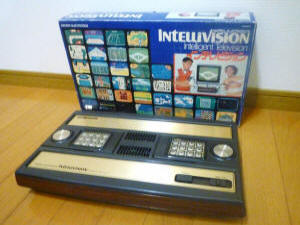
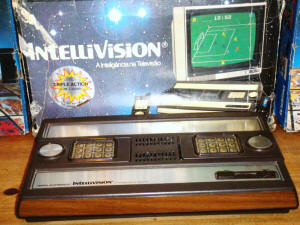

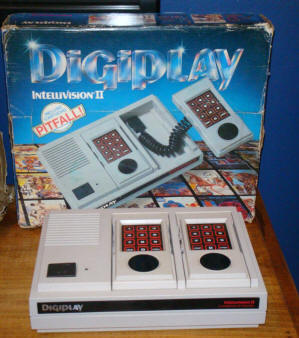
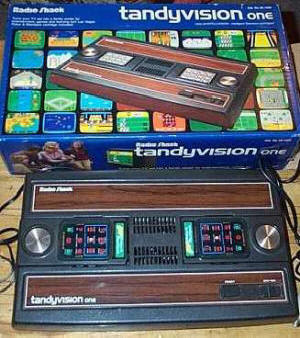
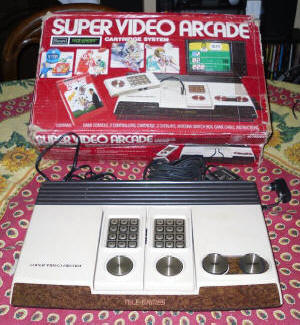
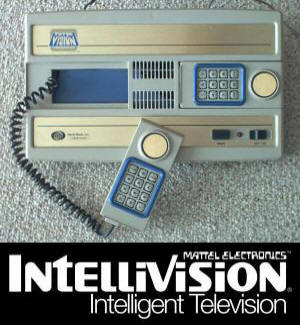

 CLONES
CLONES FORMAT, PACKAGING & GENERAL INFO
FORMAT, PACKAGING & GENERAL INFO
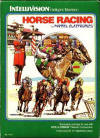
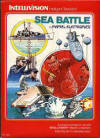
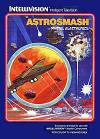
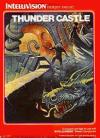
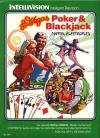


 SCREENSHOTS
SCREENSHOTS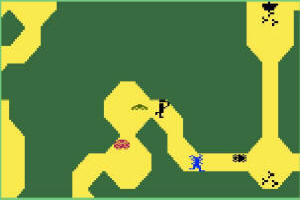
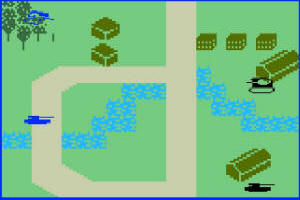

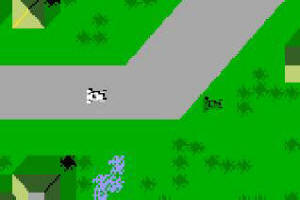
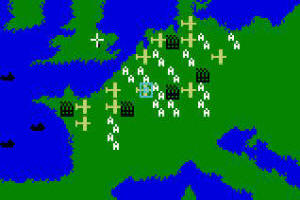
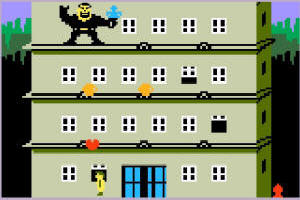

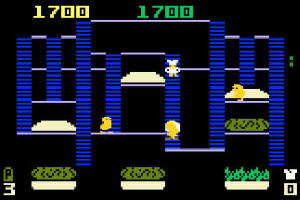
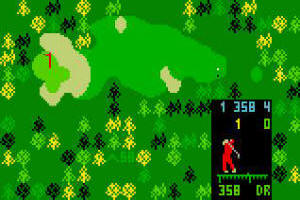
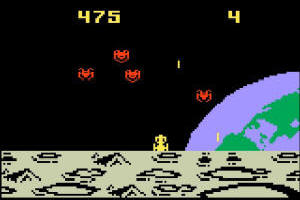
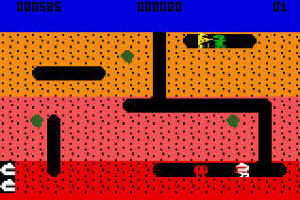
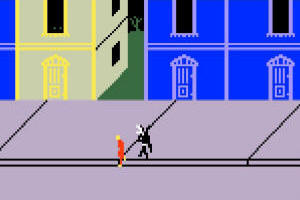
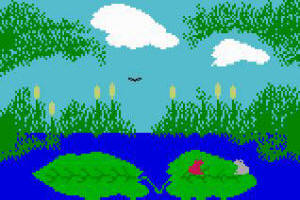
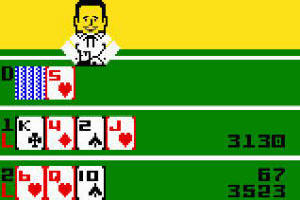
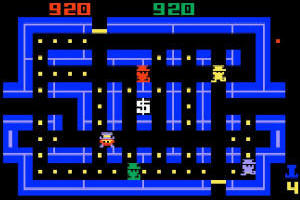
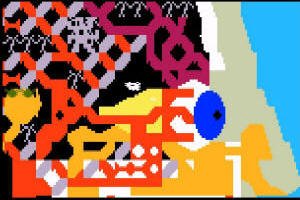
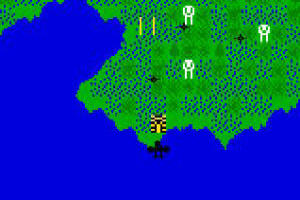
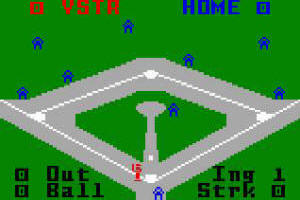
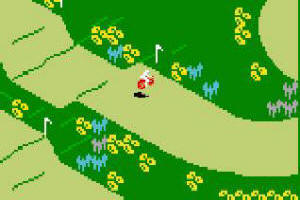
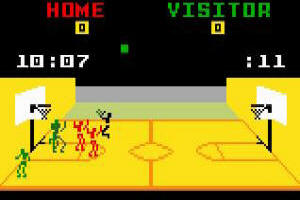
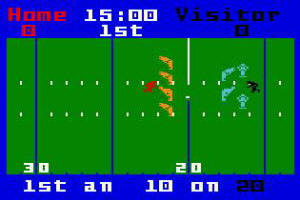
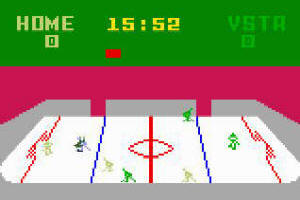
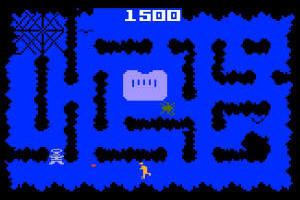
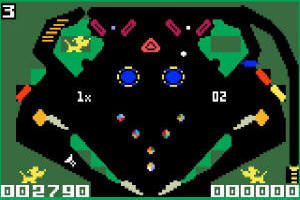
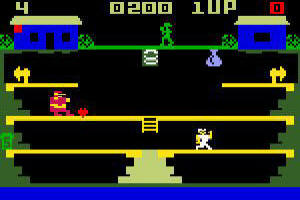
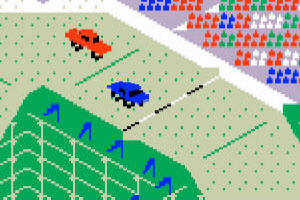
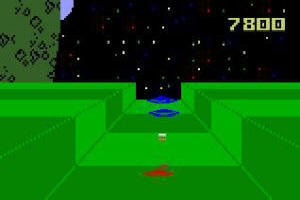
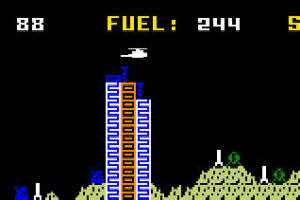
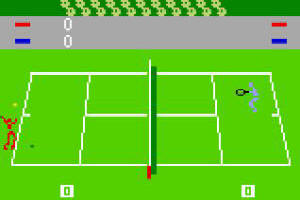
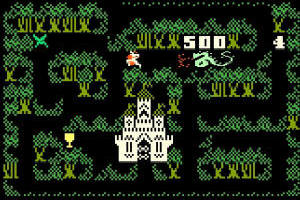
 EMULATION
EMULATION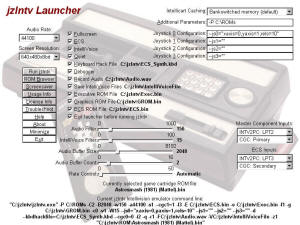
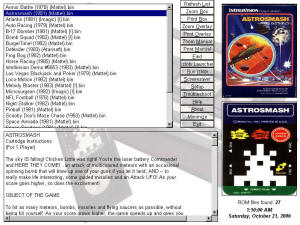
 SPECS & MANUALS
SPECS & MANUALS OTHER
MEDIA
OTHER
MEDIA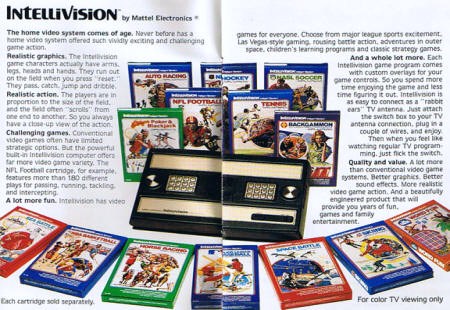
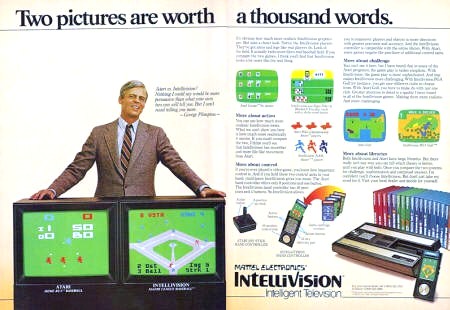
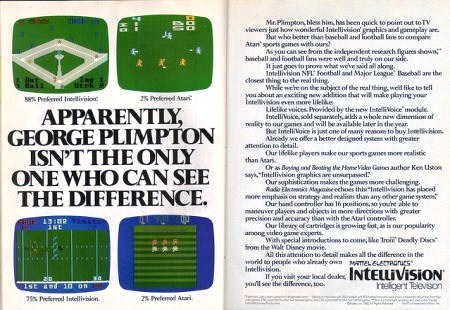
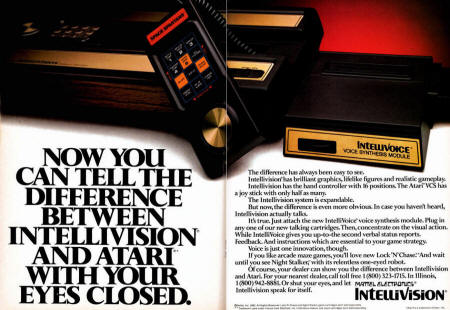
 WEB RESOURCES
WEB RESOURCES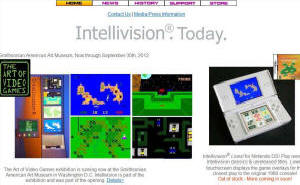

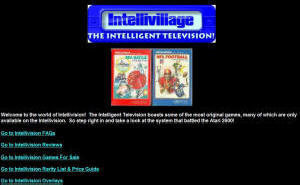
 DISCUSS
DISCUSS